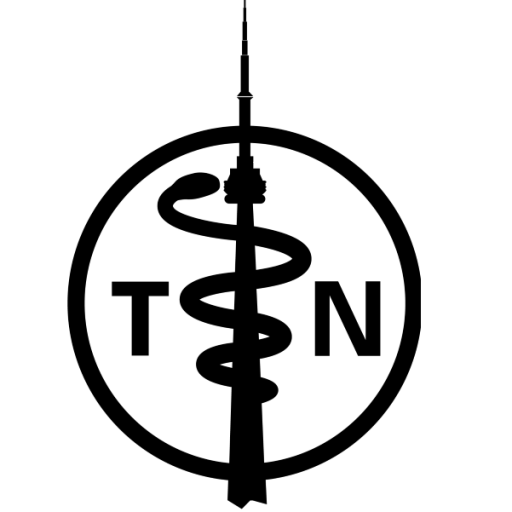Light entering the eye travels along the optic nerve to the pretectal region of the mid brain to cause pupillary constriction through the visceral motor and short ciliary nerve components of the ocular motor nerve.
Examination Technique:
- observe for ptosis.
- observe the pupils for size (measure the diameter of each pupil in mm).
- observe for any irregularities or asymmetry.
- dim the lights, ask the patient to look into the distance, shine a bright light obliquely (approaching laterally) into the pupil. Observe for the direct response (same eye) and consensual response (opposite eye).
- assess for an afferent pupillary defect (the swinging flashlight test) by moving the light from one pupil to the other, back and forth.
to assess the accommodation reflex, ask the patient to look in the distance and then at the tip of their nose. (If the patient finds this manoeuvre difficult, have them follow their extended thumb as it is brought in towards the tip of their nose.)
Abnormal Response:
ptosis is present, if the eyelid covers part or all of the pupil when looking directly ahead.
